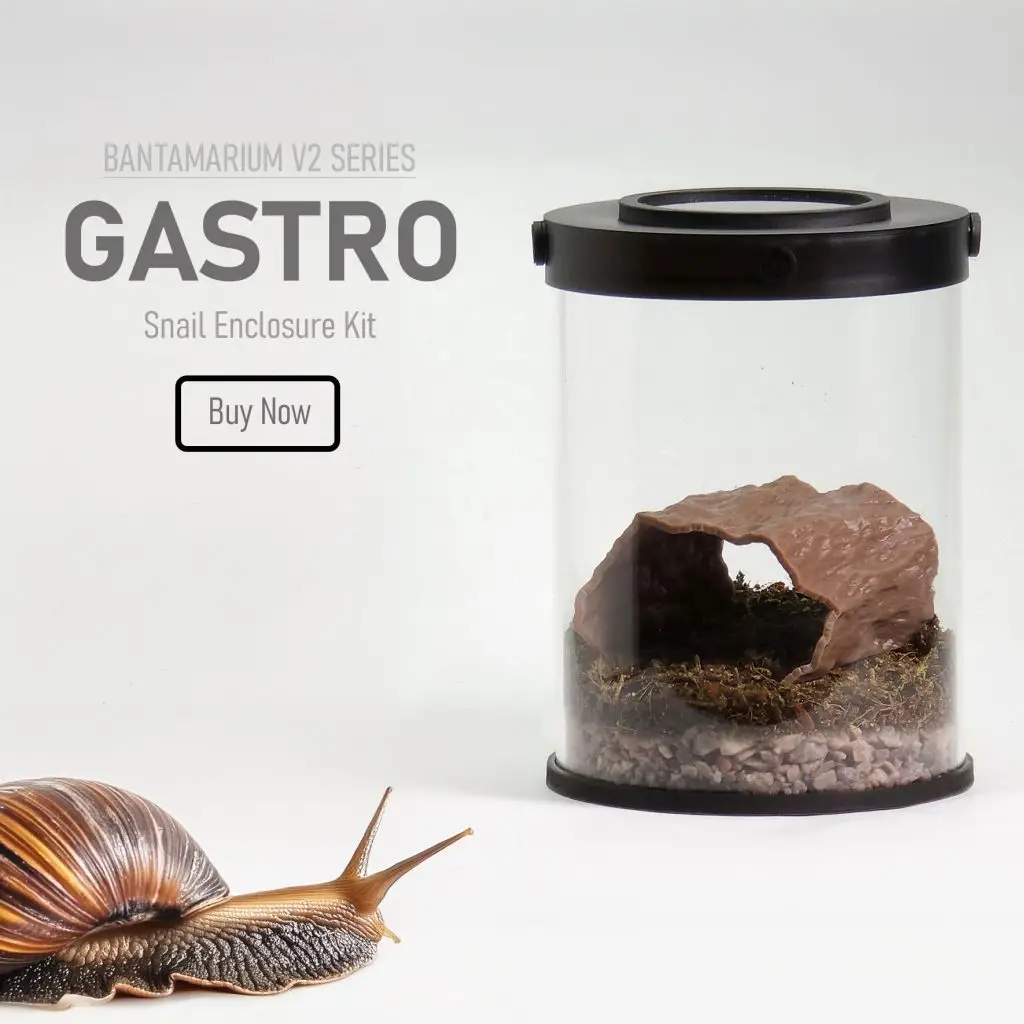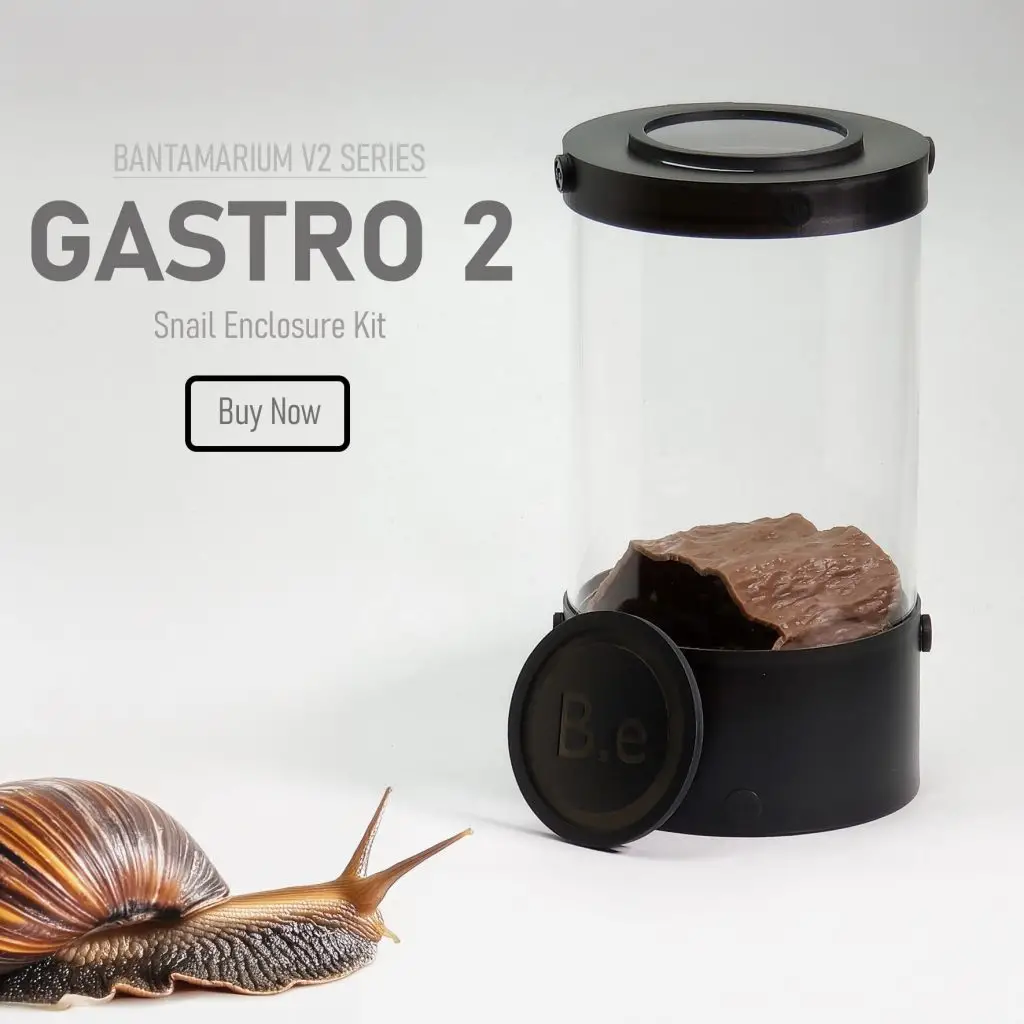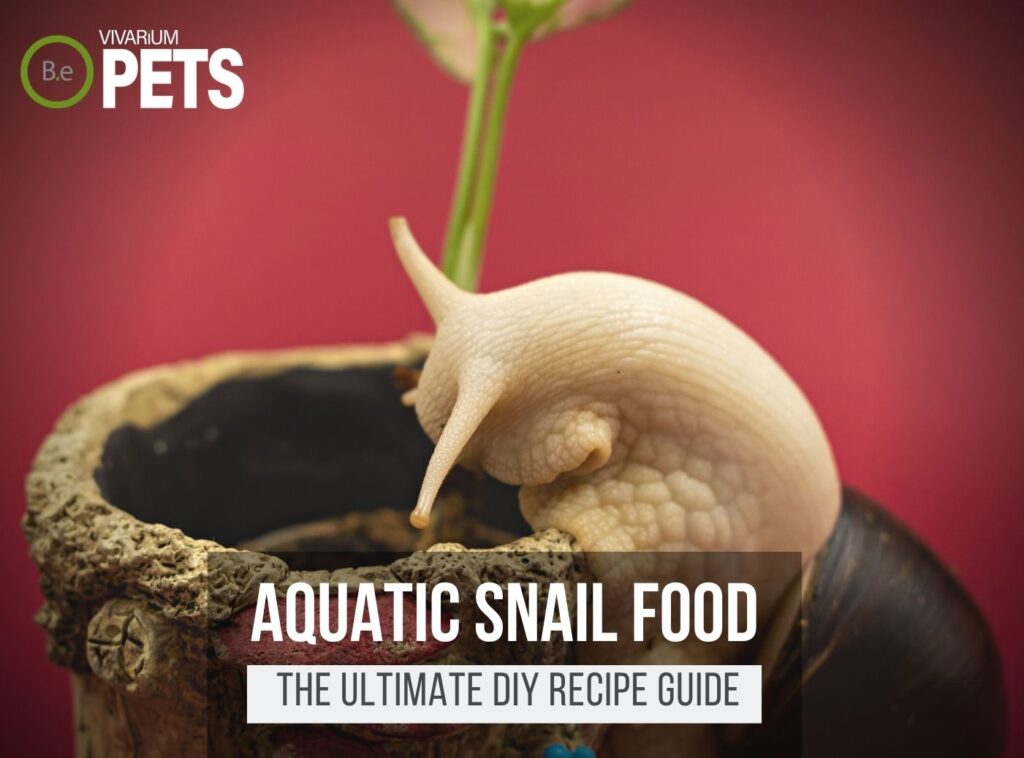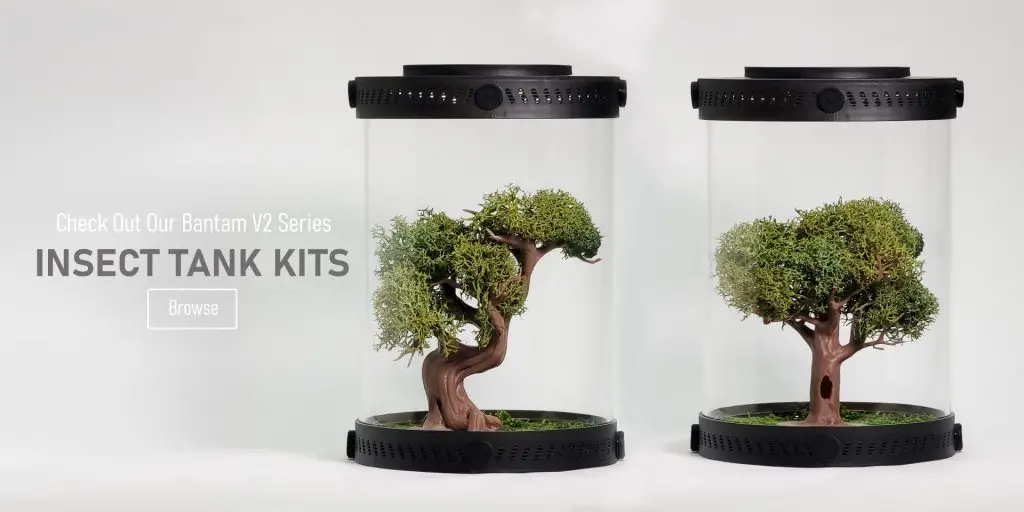If you are thinking about introducing bladder snails to your aquarium or think that you might have stumbled across some already there, This Physella acuta article is for you!
Bladder snails are tiny, interesting, and efficient cleaners for the aquarium. They may seem like pests but these aquarium snails can help keep algae at bay and freshen up the tank with their activities.
In this guide, we’ll walk you through setting up your tank, water parameters, ideal diet, reproduction, and handling.
We’ll also provide you with some tips and tricks on how to best manage your bladder snail population.
| Characteristics: | |
|---|---|
| Common Name | Bladder Snail, Tadpole Snail |
| Family Name | Physidae |
| Scientific Name | Physella acuta |
| Use | Cleaning, Aerating Soil, Pets |
| Temperament | Non-aggressive |
| Lifespan | up to 1 Year |
| Diet | Omnivore |
| Adult Size | 1.5 cm |
| Breeding Type | Egg Layer |
| Care Level | Easy |
| Minimum Tank Size | 2.5 Gallons |
| pH | 6.8 - 7.2 |
| Hardness | Moderate |
| Temperature | 64-82°F |
Table Of Contents:
ToggleWhat Are Bladder Snails?
Physella acuta, commonly known as bladder snails and Tadpole Snails, are small, freshwater air-breathing gastropod mollusks.
They are part of the family Physidae and are found worldwide in brackish and freshwater habitats.
The common name comes from the single, large whelk-like air-filled bubble or bladder that the snail secretes when restocking air for long underwater dives.
This provides buoyancy and helps the snail breathe underwater for longer periods.
Create an ideal habitat for your pet snails with our Customizable Snail Enclosure Kits, which include everything you need to get started.
What Do Bladder Snails Look Like?
Bladder snails are very small snails, usually with a length of 1.5 centimeters and a shell width of 0.9 centimeters.
They are generally light brown, with a yellow-brown shell, and their shell surface is often ridged with short bumps.
The undersides of the shells of bladder snails usually have small, shallow grooves.
These snails are notable in that they often have a transparent body, so you can observe their internal organs, such as the heart and digestive process.
The head consists of a pair of tentacles, with a large eye spot situated at the end of each.
Bladder snails have an operculum, which is a strong, tightly fitting door located at the base of the shell, which can be opened and closed for further protection.
Benefits Of Using Bladder Snails
Using bladder snails in water-themed vivariums brings many benefits to the aquatic environment.
Firstly, bladder snails are very efficient cleaners and scavengers.
They consume a wide variety of algae, making them a great natural alternative for controlling algae growth.
They also actively burrow through the aquarium substrate and around the decorations, aerating the water and redistributing nutrients and sediment.
In addition, bladder snails help keep the enclosure clean by consuming decaying plant material and leftover fish food that would otherwise rot and lead to water quality issues.
Lastly, bladder snails are a natural food source for larger animals like fish and predatorial snails.
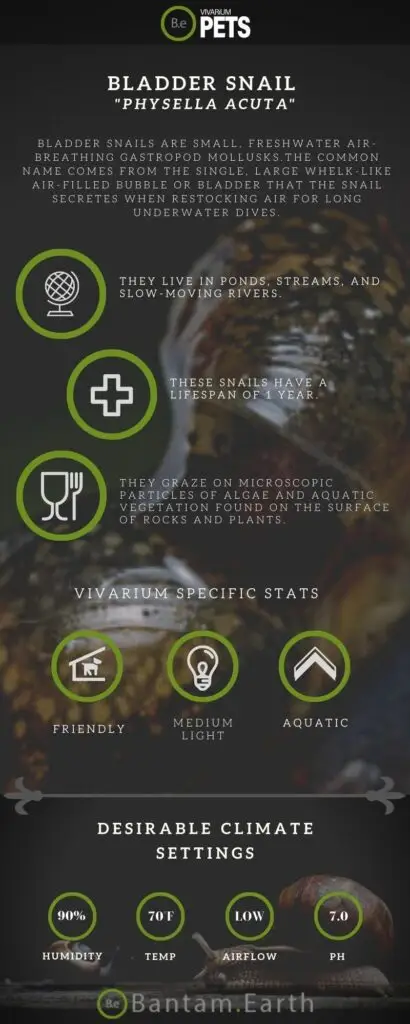

Bladder Snail Facts
Bladder snails, or Tadpole Snails, are a small variety of freshwater snails that barely grow larger than half an inch in length.
They are omnivorous, consuming both plant material and small bits of detritus, and typically live for almost a year in most cases.
Bladder snails reproduce quite rapidly, with little care for their small offspring required once they are to successfully hatch.
Habitat
Physella acuta is a small species of aquatic snail that originated from North America and was later introduced to Europe.
They live in ponds, streams, and slow-moving rivers, where they typically search for food, such as vegetation and algae.
They are native to temperate and subtropical regions and most often inhabit waters with a moderate range of temperatures 64 to 82°F.
They can also be found thriving in waters that contain some pollutants, as long as the levels are not too extreme.
Diet
In their natural habitat, bladder snails are herbivores and graze on microscopic particles of algae and aquatic vegetation found on the surface of rocks and plants.
They feed on both soft and hard algae and will quickly consume any food parts in the aquarium.
Temperament
Physella acuta is a peaceful scavenger and typically not aggressive toward humans or other animals.
They are considered very docile, so you don’t have to worry about them biting. However, it’s still important to handle them with care.
Bladder snails can withdraw into their shells if they’re wary or scared and may eject some fluid as a defense.
They also tend to be quite shy, so it’s best to keep them in an enclosure with plenty of hiding spots so they can feel safe.
When it comes to tank mates, tadpole snails are typically “unbothered.”
They’ve been known to peacefully coexist with many other tank dwellers, including fish, shrimp, and even larger snails.
However, be aware that some tankmates like loaches, pufferfish, crabs, and assassin snails will likely attack bladder snails.
To avoid any potential harm, it’s best to set up a blended community tank and carefully monitor interactions to ensure the safety of all inhabitants.
Lifespan
On average, bladder snails have a lifespan of about a year, sometimes longer if given optimal care.
In the wild, Physella acuta may have varying lifespans due to environmental conditions or predation.
The life cycle of bladder snails begins with the adult female laying several small eggs, usually a few dozen, on hard surfaces such as aquarium walls or decorations.
Depending on the temperature and other factors, the eggs can hatch in as little as two weeks.
The juvenile snails are very small, only a few millimeters in size, and are virtually indistinguishable from cilia-like organisms.
As they mature, the snails will become larger and take on the characteristics of the species.
Once adult Physella acuta reaches sexual maturity, they will begin to reproduce and the cycle continues.
Bladder snails may reproduce in large numbers, making them a common species for infestations in aquariums.
To prevent an infestation, limit their food source by removing excess food and algae as well as remove any new snails that appear.
Breeding
Bladder snails reproduce through internal fertilization and are hermaphroditic.
This means one snail produces both male and female sterile gametes but can’t self-fertilize so they need a mate.
The snails will court one another when seeking mating partners. This usually occurs at night and snails will lay side by side and slide against each other.
After mating, thePhysella acuta will produce an egg capsule that contains 10-30 eggs.
This capsule has a gel-like substance and the floating larvae will emerge in two to four weeks.
After a few more weeks, the new baby snails will reach maturity and be ready to reproduce.
Where To Find Bladder Snails
Finding bladder snails in the wild is not difficult.
They can be found near bodies of water, including rivers and lakes, but also ponds and other bodies of water like creeks, streams, and drainage ditches.
If you’d like to collect your bladder snails from the wild, a net will come in handy.
Wear protective gloves as these snails may be carrying parasites that could cause potential health issues.
If you don’t feel comfortable collecting your snails, you can find bladder snails for sale either at an aquatic plant nursery or fish store.
When shopping for snails, it’s important to make sure that you’re buying healthy specimens.
Consider purchasing a species tank or aquarium to quarantine your snails before introducing them to your community tank, in case they’re carrying any diseases or parasites.
Bladder Snail Care
To care for Physella acuta, provide a tank with adequate filtration and compatible water parameters, feed them a sponge-based diet, and keep their tank clean.
These snails need space and should not be overcrowded. Handle them with care when necessary, and observe them for signs of health issues.
With proper care, bladder snails can lead happy and healthy lives in your aquarium.
Tank Requirements
When it comes to tank requirements, Physella acuta is quite undemanding. They are well-adapted to survive in a wide range of temperatures and pH levels.
The ideal vivarium type for Tadpole Snails is a freshwater aquarium.
A suitable tank pH should be 6.8-7.2. Ideally, the water hardness should be at a moderate level of 4-15 dGH. Their preferred temperature range should be around 64-82 F.
The substrate should be soft and fine-grained, preferably of sand or gravel.
Since this snail is a detritivore, any extra bits of food should be quickly scooped up so as not to pollute the tank.
Finally, a low light level should be provided because they are nocturnal snails.
What Do Bladder Snails Eat?
Feeding your bladder snails is an important part of your tank maintenance routine.
They typically eat decaying plant matter and leftover food from their tankmates such as fish, shrimp, and snails.
Bladder snails don’t usually need any additional food besides what is provided in their natural environment, however, they will benefit from a varied diet.
If you are farming a tank with only Physella acuta here are some items that these snails can feed off of:
- Algae wafers
- Cooked vegetables (squash, cucumber, zucchini slices)
- Cooked and chopped spinach
- Blanched lettuce leaves
- Algae scrapings off the glass
- Chopped raw veggies
- Chopped worm
- Stale bread
- Fish egg spawn
- Freeze-dried or frozen shrimp/bloodworms
- Fish foods
When feeding your bladder snails it’s best to feed them extremely small amounts of food a couple of times a day. Remember not to feed them too much!
If you’re more of an avid hobbyist like myself, be sure to check out my ultimate DIY aquatic snail food guide. I give a more in-depth explanation of the best foods and my favorite recipe.
Best Tankmates For Bladder Snails
Tankmates can be an important key factor for bladder snails. It is important to make sure all tankmates get along and coexist peacefully.
Appropriate tankmates for bladder snails could include smaller peaceful fish, shrimp, and most invertebrates.
Ghost shrimp, which are also scavengers, can help to keep the aquarium clean and provide food for the bladder snails.
In general, it is always best to research any potential new tankmates to ensure they are compatible and will be able to coexist in the same tank environment with your bladder snails.
Conclusion
Caring for Physella acuta in the aquarium is a fun and rewarding experience.
With this guide, you now have a better understanding of what tank setup and providing food, water parameters, and handling techniques will look like.
By caring for pet snails properly, you can enjoy watching them flounce around your tank in search of food while they help to keep your tank clean and free of algae.
Create the ideal habitat for your snails with our species-specific soil mixes and Insect Enclosure Kits. These products provide everything you need for a successful and thriving snail habitat.
Frequently Asked Questions
Yes, bladder snails can reproduce asexually. Bladder snails are able to both reproduce sexually, with two snails, and asexually, with one snail.
When reproducing asexually, the snail can reproduce either by laying eggs or by forming dividing cells. The eggs will then develop into a mini version of the parent snail.
Physella acuta, also known as bladder snails, feed on algae, detritus, and other organic matter.
They often inhabit fish tanks and can feed on decaying plant matter and uneaten fish food.
They can also act as detritivores, consuming and further breaking down organic matter for further decomposition.
Bladder snails generally do not eat healthy aquarium plants.
However, they may consume decaying plant matter and occasionally nibble on live plants or eat plant leaves that are already damaged or decaying if their primary food sources are scarce.
Keeping them well-fed with a varied and nutritious diet can help prevent this.
There are several methods to get rid of bladder snails in an aquarium, including manual removal, reducing feeding, using snail predators or traps, and chemical treatments, although the latter should be used with caution.
However, bladder snails can be beneficial in maintaining a healthy ecosystem, so completely eradicating them may not always be necessary or desirable.
Bladder snails can enter an aquarium in a number of ways. These snails can be accidentally introduced to the tank when adding new plants or fish.
There are also cases where bladder snails may find their way into the tank via contaminated water, or if the aquarium setup is old and has not been properly cleaned.
Yes, bladder snails will eat fish poop. Bladder snails feed on algae, decaying organic matter, and uneaten fish food, which includes fish poop.
There are several species of fish that can be introduced to an aquarium to help reduce the population of bladder snails.
Common fish include loaches, shrimp–like creatures, and other bottom feeders.
Additionally, certain species of invertebrates, such as the assassin snail, feed on bladder snails, and can be introduced to the tank.

